Spearing its way westwards from the city centre towards Kvatrić fruit and vegetable market, Martićeva ulica was ten years ago a fairly anonymous street with a modest scattering of unexciting shops. Suddenly it’s become the place where everybody wants to be, a centre of urban gravity filled with people meeting over coffee, shopping in boutiques, or idly dreaming of buying a nearby apartment.
Martićeva has been fingered by lifestyle journalists and scene-watchers as an up-and-coming location for several years already. Interest in the street began to take off when a pair of new cafés (Mojo and Alfresco) planted their terraces opposite the triangular fountains at Martićeva’s western end, quickly becoming rivals to the traditionally more trendy places in the centre of town.
Zagreb’s Design District, an arts fair-cum-street festival that was held for several years until budgets became tight, used Martićeva as its central focus due to its growing combination of cultural attributes. The small but impressive clutch of modernist buildings either on or just off the street made it a living showcase of Zagreb’s urban twentieth-century, while the number of creative types who lived here or drunk coffee in the street’s cafés gave the place a sense of cultural community. It was, in the eyes of its more enthusiastic propagandists, Zagreb’s idea of an arty neighbourhood.
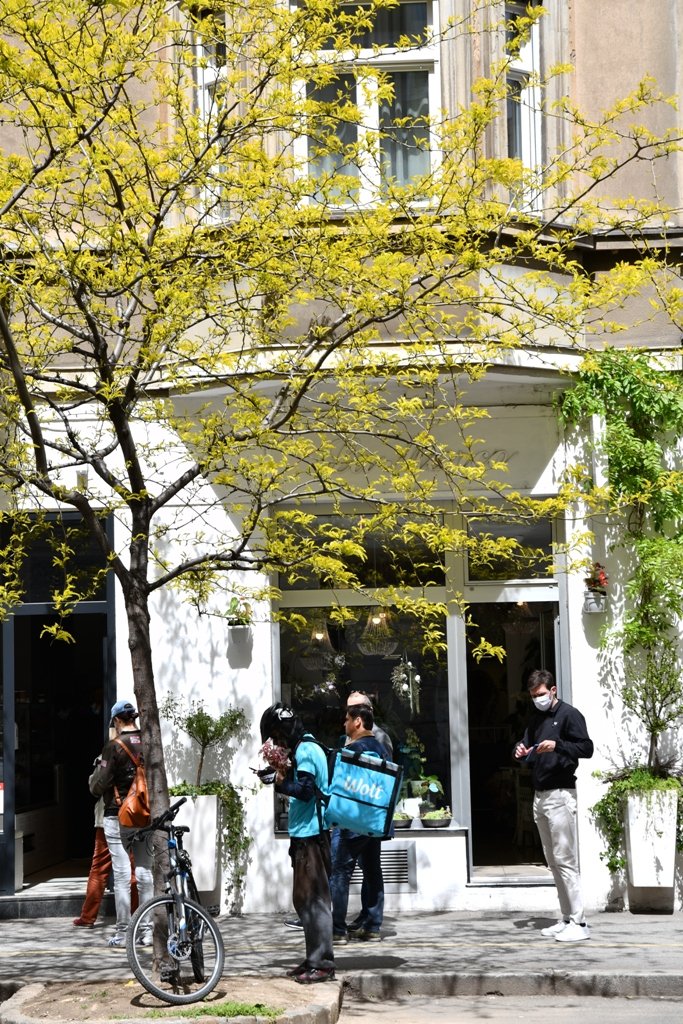
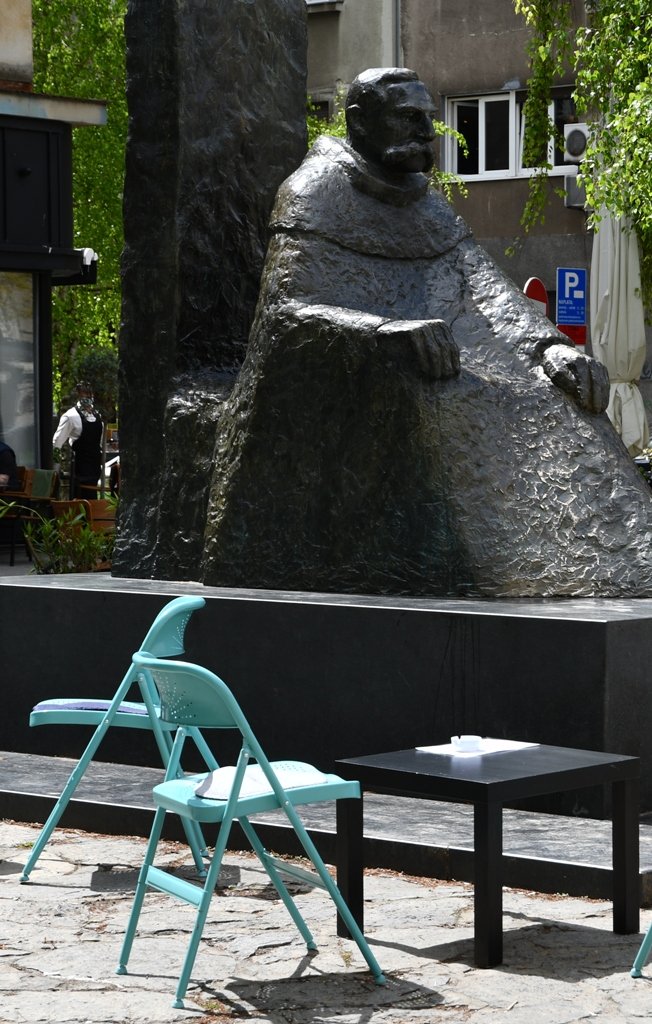
So what makes Martićeva worth visiting?
Acting as something as a social focus to the street is the small park half way along its length, where a statue of Fra Grgo Martić (the nineteenth-century friar, translator and educationalist who gave the street its name) overlooks a small rectangle of crazy paving and rose beds, overlooked by a trio of silver birch trees. It is here that you will find Booksa, the literary club and independent cultural centre that organizes talks, book presentations and other literary events throughout the year. In summer Booksa hold outdoor events in the park itself, bringing a festival vibe to the street. Almost next door to Booksais Program, the eccentric but cool café where most of Martićeva’s creative schoose to take their morning espresso. On the other side of Booksa is the increasingly well-reviewed Pizzeria Park, a relatively new addition to the Martićeva scene - but a crucial one in terms of bringing diners to a location that was previously not known for eating out. Diagonally opposite is Fogg, a post-industrial café-bar that has become a lively hub of evening drinking.
Martićeva became something of a cult location; it was one of the places where life still went on.
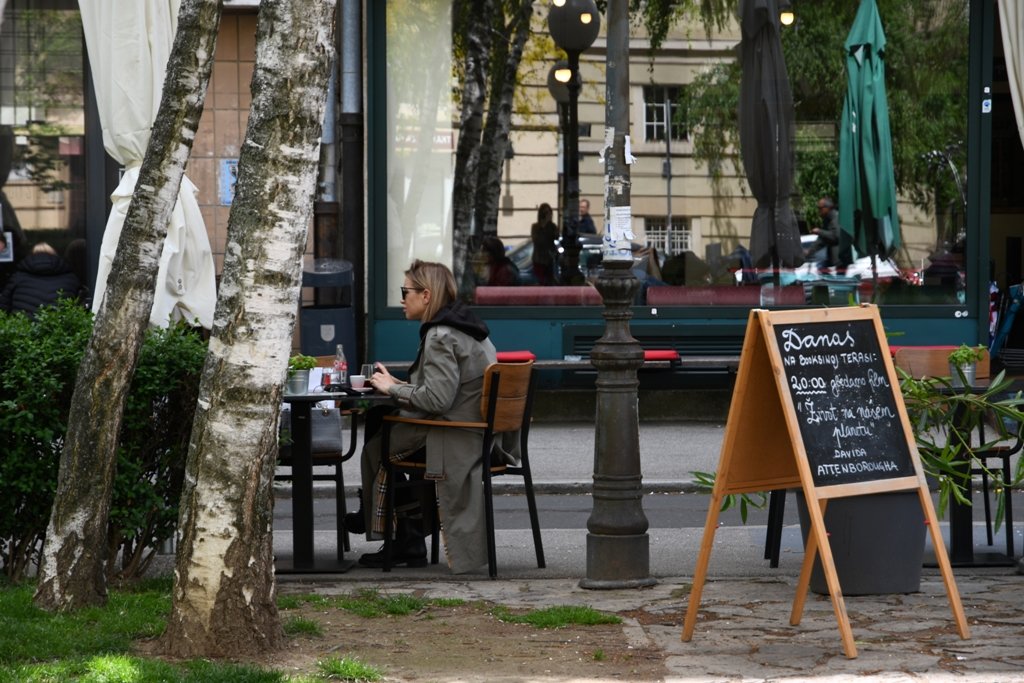
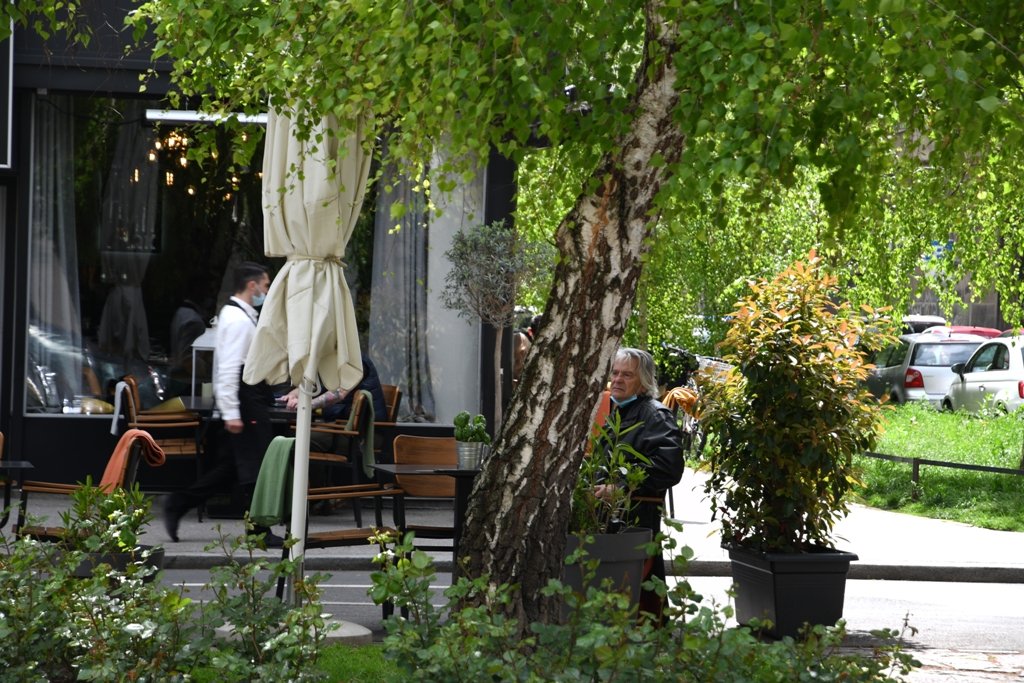
Culture vultures in search of landmark Zagreb buildings should note that Martićeva is also home to the city’s most famous – and indeed most photogenic - example of modernist architecture, the so-called Vitić Skyscraper or Vitićev Neboder. (It’s actually a few metres off Martićeva on the parallel street of Laginjina, although it’s still part of the Martićeva strip). Erected in 1960 to the designs of leading architect Ivan Vitić, it is not exactly a skyscraper in global terms, but is still tall enough to dominate the neighbourhood. What makes it so special is its colour scheme, with squares of primary red and blue chequer-boarding its façade in the manner of a Mondrian painting (indeed Mondrian is aid to be Vitić’s inspiration). Conscientiously restored to its original appearance in 2020, it is an enduring monument to post-war optimism, and a magnificent slap in the face to anyone who thinks that the architecture of the period is all about grey brutalism. And if there is one building in Zagreb that you should take a picture of, this is it.
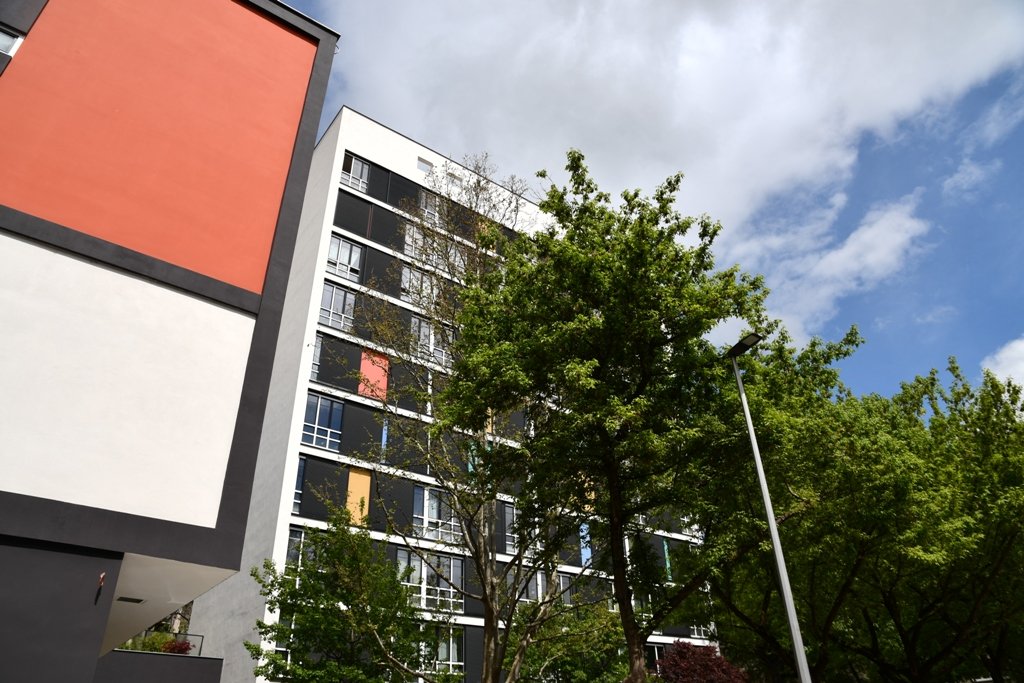
Equally innovative, and still strikingly modern almost 65 years after its construction, is Drago Ibler’s so-called Wooden Skyscraper or Drveni neboder at Martićeva’s western end. Combining reinforced concrete and timber, it’s another source of modernist inspiration to young architects today.
The role of Martićeva as a place to do your shopping is relatively new, although its proximity to Kvatrić fruit and vegetable market has always ensured that it is a route well travelled, especially for people with food on their minds. Boutique bakery Korica at no.19 sells own-baked, additive-free bread alongside an eminently nibble some selection of croissants, sandwiches, quiches and cakes. Pekara Kuraž, in Kvatrić market itself, is renowned throughout the city for its succulent orahnjača (swirly walnut cake) and makovnjača (poppy-seed cake).
Martićeva’s reputation as a gathering-point for creatives and taste-makers is reflected in a handful of upscale florists and fashion boutiques. Garderoba Concept Store at no.17 sells haute couture with a creative twist; a glance through the window will tell you whether you fit their demographic or not. For unique designer threads of great originality (including some cosmic knitwear) take a peek inside the cute atelier-cum-shop of Nataša Mihaljčišin on the corner of Martićeva and Bauerova.
With warmer weather approaching and outdoor terraces coming into their own, Martićeva will once again be coming in to its own.

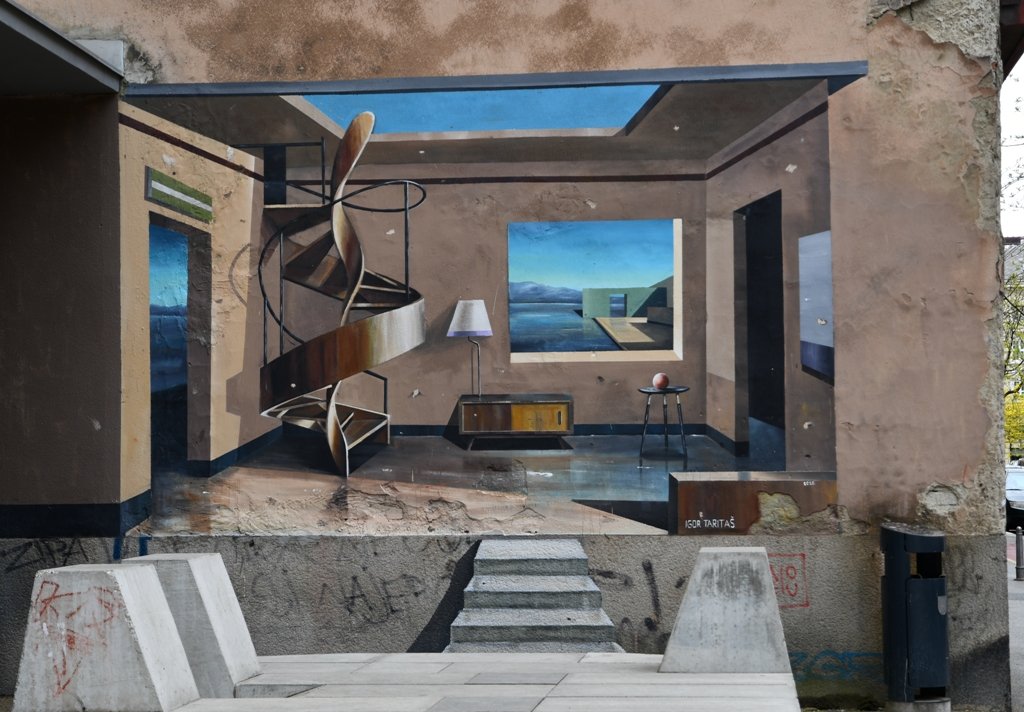





Comments